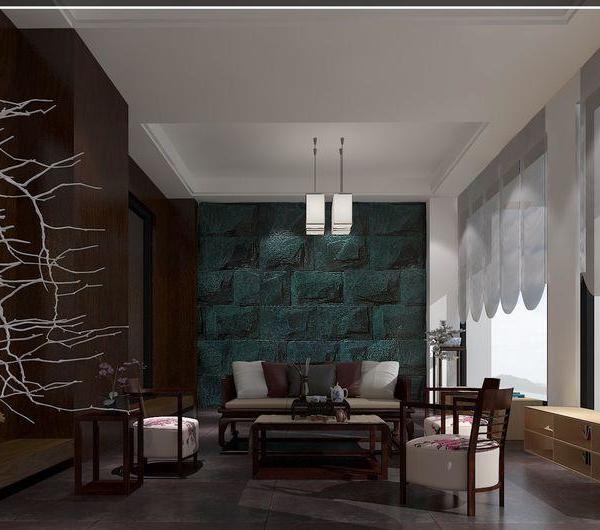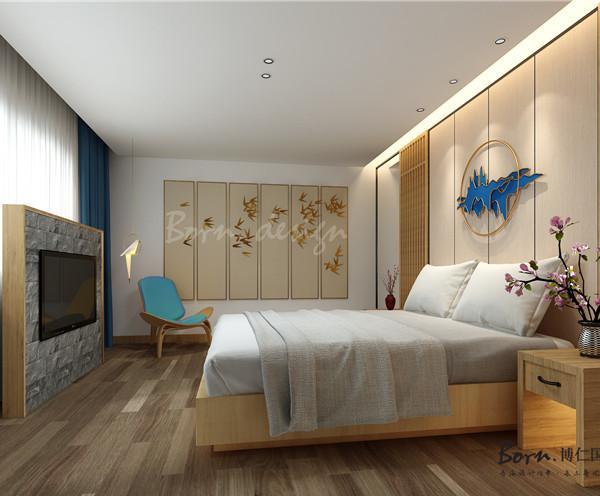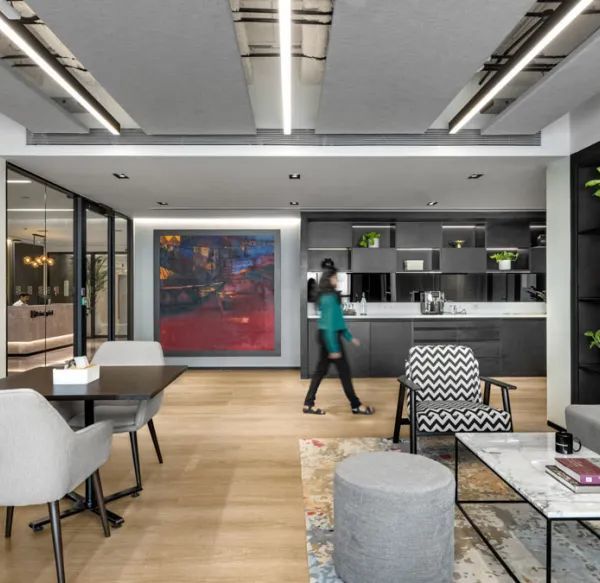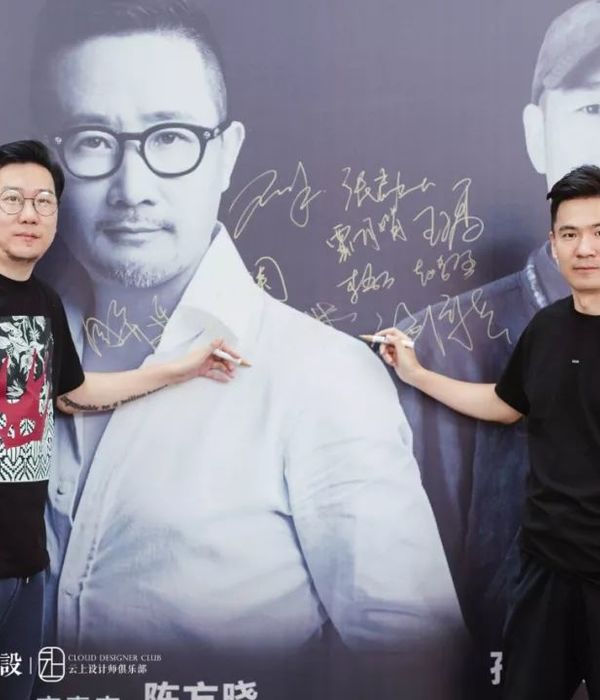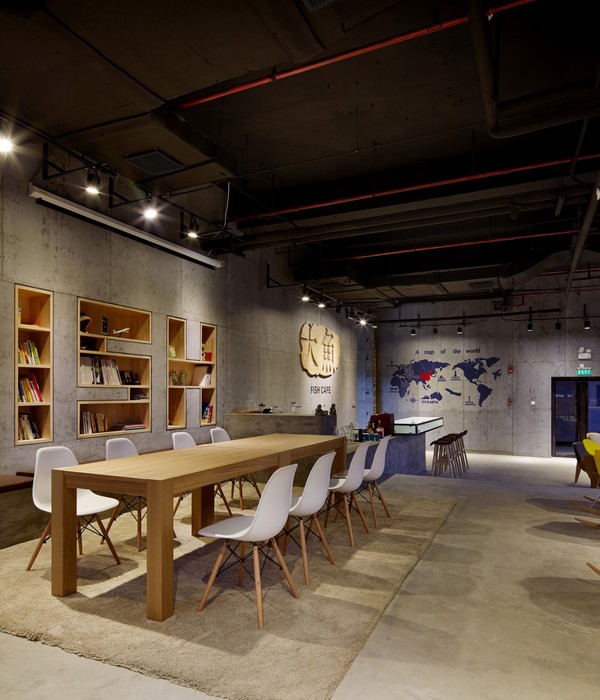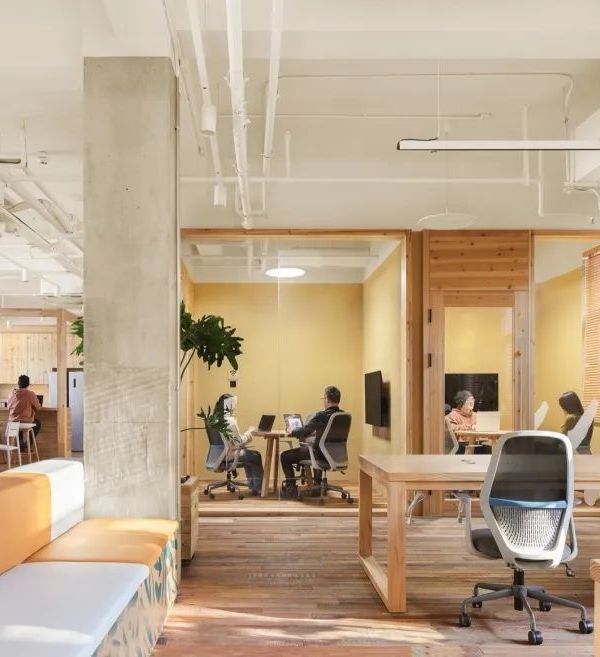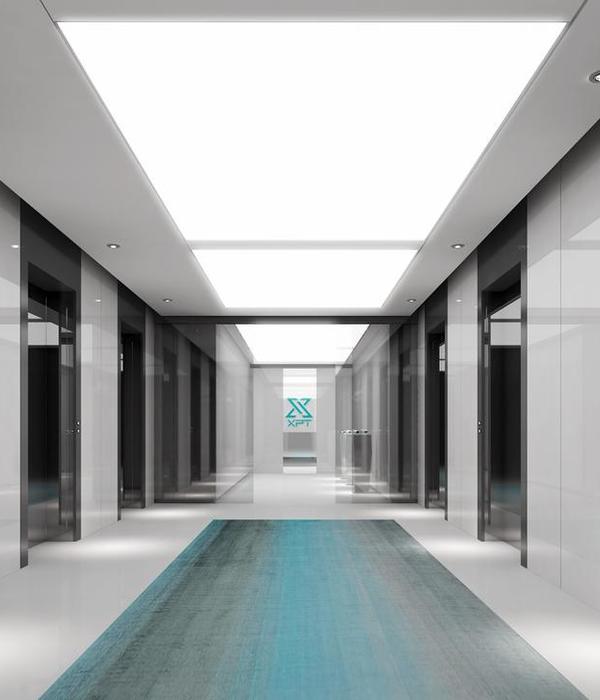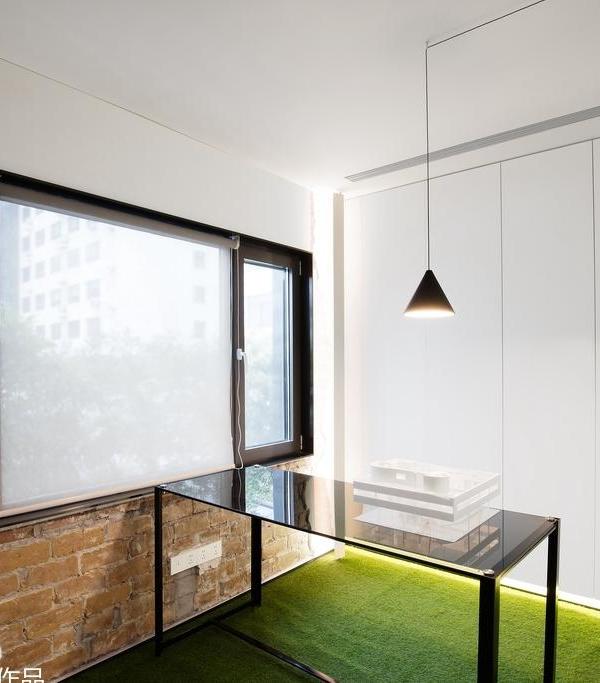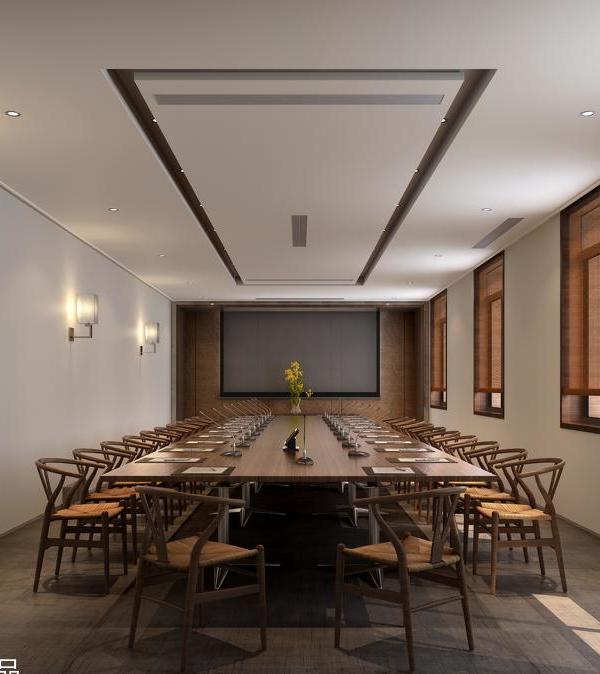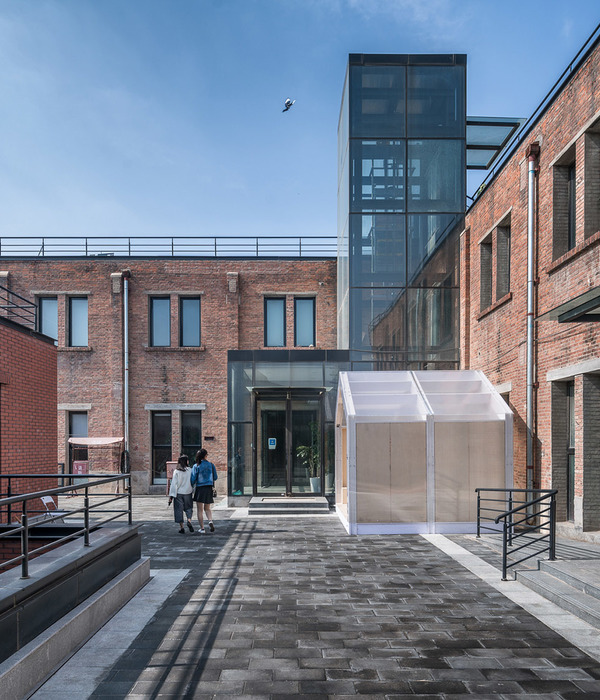© Margarida Carvalho
c.Margarida Carvalho
架构师提供的文本描述。干预空间要求很高:两栋有100多年历史的建筑。二十世纪初有两座不同的建筑物,有两条主要街道,其主要目的是成为软件公司Ubiwhere的新总部。随着时间的推移,这些房子被忽视了,遭到了遗弃的鞭打,使工程的复杂性增加了一倍。位于阿维罗的市中心,在著名的“巴罗卡斯”地区,该项目是一个综合的,主要是住宅区的一部分。主要的困难是保持世纪之交的本质,特别小心和真实地使之适应当今,因此,主要目标是保存和恢复这两座建筑物的现有结构,保持时间的标志。
Text description provided by the architects. The intervention space was demanding: two buildings with more than 100 years of stories. Two distinct buildings of the early twentieth century with two main streets, whose main purpose was to become the new headquarters of Ubiwhere, a software company. The houses were neglected by the passage of time and flogged by the desertion, bringing to the project redoubled complexity. Located in Aveiro’s city center, in the famous "Barrocas" area, the project is part of a consolidated and mostly a residential area. The main difficulty would be to maintain the essence of the turn of the century, adapting it to the present day with special care and authenticity, therefore, the main objective was to preserve and restore the existing structures in the two buildings, keeping the marks of time.
© Margarida Carvalho
c.Margarida Carvalho
Planta - Primeiro Pavimento
Planta-Primeiro Pavimento
© Margarida Carvalho
c.Margarida Carvalho
对于第一栋有三层楼的创生单元,选择了现有建筑的保护和修复,以使原有的建筑具有价值,并使其适应新的环境,尽量减少侵扰性。盖的倾斜所创造的高度空间被用来恢复原来的光线和天窗,这些光线和天窗给房子带来了自然的光。建立了会议室和工作区,形成了新的身份和概念。然而,在同一栋建筑中,在旧的地下室和现在的天篷中,保持了一个更裸露的特征,这与使用微铣削从顶层开始的木工工程形成了鲜明的对比。这层楼是通过增加松木片的灵活性来完成的,松木片组织和视觉上温暖了空间,地板材料变成了家具。皮带梁是一个长椅,被外部跨度准时打断。
For the first building, of genesis uni with 3 floors, the preservation and restoration of the existing structures were chosen in order to valorize the pre-existence and to adapt it to the new circumstances, trying to be the least intrusive possible. The headroom created by the inclination of the cover was used with the recovery of the original beams and skylights that brought natural light to the house. Meeting rooms and workspaces were created, with a new identity and concept. Still, in the same building, in the old basement and current canopy, a more bare character was maintained, in contrast to the carpentry works from the top floor with the use of micro-milling. This floor is completed by the flexibility given by the addition of pine wood pieces that organize and visually warm the space up, and where the flooring material becomes furniture. The strap beam is a bench seat, punctually interrupted by the exterior spans.
© Margarida Carvalho
c.Margarida Carvalho
在第二栋建筑中,有两层楼,具有两层熟悉的起源,考虑到其严重的保护状态,只有外墙被考虑,摧毁了它的所有内部。其目的是在整个结构中进行干预,在本卷中组织两个宽敞和极简主义的空间,让它们拥有充足的自然光,从而为团队合作创造一个良好的环境。这两根支柱的结构解决办法起到了掩护支持的作用,并在4个工作岛屿组织了内部家具的分布。
In the second building, of bi-familiar genesis with two floors, considering its aggravated state of conservation, only the exterior walls were considered, demolishing all its interior. The objective was to intervene throughout its structure, organizing in this volume two spacious and minimalist spaces, allowing them to have plenty of natural light, leading to a good environment for teamwork. The structural solution of the two pillars functioned as cover support and organized the distribution of the interior furniture in 4 working islands.
© Margarida Carvalho
c.Margarida Carvalho
现有工程遇到的主要困难是:两座建筑物之间的连接。主入口宽度不足,使工程更加复杂。由于街道的坡度,这两座建筑之间的尺寸有很大的差异,玻璃是被选中的元素,使花园可以从街道的主要入口看到,起到连接和防渗的作用。此外,楼梯的轻盈性,通过材料的厚度,赋予了主体入口优越的现代性和极简性,具有一般空间概念的特点。
The existing project collided with the main difficulty encountered: the connection between the two buildings. The main entrance, having an insufficient width, made the project even more complex. With a huge divergence of dimensions between the two buildings, due to the slope of the street, the glass was the chosen element, allowing the garden to be beheld from the main entrance on the street and functioning as a connective and impermeable element. In addition, the lightness of the stairs, achieved by the thickness of the material, gave the main entrance superior modernity and minimalism, characteristics of the general concept of space.
© Margarida Carvalho
c.Margarida Carvalho
在主要的前线,严重风化,蓝色斜面瓷砖被放置,统一的建筑物,以满足Ubiwhere的概念。保持侧前方的完整性,使用现代材料进行修复。在后方,决定不统一,保持“卡纳斯特罗岛”的形式多样性特征。
On the main forefront, heavily weathered, blue beveled tiles were placed, unifying the buildings to meet the Ubiwhere concept. The integrity of the lateral forefront was maintained, using modern materials for its rehabilitation. On the rear one, it was decided not to unify maintaining the formal diversity characteristic of the "Canastro Island".
© Margarida Carvalho
c.Margarida Carvalho
Architects Ubiwhere
Location Aveiro, Portugal
Architect in Charge Margarida Carvalho
Area 591.52 m2
Project Year 2017
Photographs Margarida Carvalho
Category Adaptive Reuse
Manufacturers Loading...
{{item.text_origin}}

